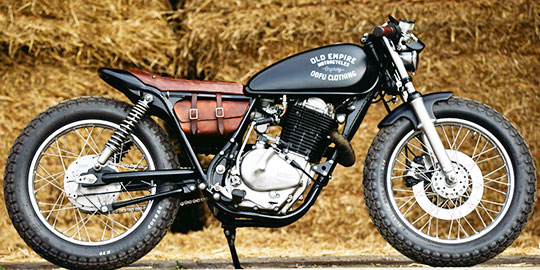

With two big cylinders oriented in a "V" pattern, the "Big Twin" engine powers virtually every American cruiser (and even many Japanese ones.) The thick powerband, off-the-line torque, and most of all, the signature V-twin sound have been the keys to the V-twin's persistent popularity through the decades. The most iconic and recognizable motorcycle engine, especially here in the States, is undoubtedly the V-twin.

But the parallel twin is not just some relic fast revving, high-performance versions of this engine configuration also power the sporty Kawasaki Ninja 300 and the even sportier all-new Yamaha R3. But you can't forget about the compact and economical parallel twin (or inline-two cylinder) engines that are characteristic of many bikes in history, such as the signature mill that powers the Triumph Bonneville. When you think of a twin-cylinder motorcycle engine, your mind probably goes straight to the "Big Twins" that power most American cruisers. Virtually every dirt bike and many dual sports also run on single-cylinder engines, affectionately called "thumpers" for the pounding vibration and sound they create. Simple in operation, cheap to produce, and easy to repair and maintain, single-cylinder engines lend themselves to use in economy motorcycles and scooters, and have powered millions of budget bikes the world over.īut that's not the only place they're at home the thumping power pulse and good bottom end torque of a big single is also ideally suited to dirt riding. The internal combustion engine doesn't get any simpler than this one big cylinder thumping away to create power.

Have you ever wondered why there are so many different types of motorcycle engines, and what makes one kind of engine so different from another? We go through everything from big thumpers to boxer twins to outrageous inline-sizes and explain all! Singles


 0 kommentar(er)
0 kommentar(er)
